New ways of working: why and how to adopt them?

Temps de lecture: 5 minutes
Remote work, flex office, smart office, nomadism, digital workplace… New ways of working are more and more popular among companies. Still, many people haven’t yet heard of them. For example, 71% of French employees don’t know what a flex office is¹. Yet these new work modes offer many advantages for the company and its employees, including productivity gains, better talent retention, and even improved well-being at work.
Hesitating to change your current work modes? This article will lay out for you:
- Why implement these new ways of working ?
- How to go about it ?
Follow the guide!
Why implement new ways of working?
According to a Hubstaff survey, 84.5% of companies will continue to let their employees work remotely from time to time even after the Covid-19 crisis. Some companies, such as Twitter, have even decided to allow teleworking on a permanent basis. In France, several large companies are also starting to do so. At Peugeot, for example, employees only have to come to the office an average of one and a half days a week.
You’re perhaps wondering whether you too should change the work habits in your own company. To help you decide, we’ve identified four reasons why you should re-evaluate your work habits.
Reduce costs
One of the main benefits of adopting a new way of working is related to the reduction of real estate costs. Indeed, teleworking, nomadism, flex office and co-working all help to reduce costs related to workspaces, by reducing occupancy or by sharing these spaces (therefore less occupied) with other companies.
In addition, implementing a working method more suitable for your employees helps to reduce turnover and costs related to recruitment and integration of employees. That can amount to between 15-25% of a new recruit’s gross annual salary.²
Enhance the employee experience
The new work ways of working also enhance the employee experience. Indeed, employees today are more and more phygital, meaning they work from various locations (office, home, and elsewhere), on different devices (PC, smartphone, tablet), and sometimes use this flexibility to manage the constraints of their personal life without impacting their professional life.
Also read: Phygital Work, a New Challenge for the Employee Experience
By opening the door to new ways of working, you’ll meet this growing need for flexibility, thereby contributing to your employees’ well-being.
Several other needs can also be addressed:
- Do your teams want to be able to work on the go and autonomously? Set up teleworking or hybrid working to gain agility.
- Do your employees feel that the company lacks user-friendliness? Explore flex office and co-working solutions that facilitate exchanges and sharing of best practices—even when you’re not in the office.
Also read: [Expert Opinion] Bertrand Duperrin: Toward a Hybrid Work Model
Attract and retain talent
According to a Bpifrance Le Lab survey, 83% of SME and middle-market companies encounter difficulties in recruiting talent, and 42% find employee retention challenging. Opening up to innovative ways of working will enable you to overcome these recruitment problems and limit turnover.
According to a Gallup survey, 54% of office employees would be willing to leave their company for a position offering flexible work hours. Letting your employees work remotely from time to time can thus significantly improve your attractiveness as a company, and help you hire and retain top talent.
Boost productivity
Finally, you’ll be able to achieve productivity gains. It’s even proven: teleworking makes employees more productive. A study conducted by Chinese company Ctrip among 1,000 employees shows that remote work increases individual productivity by 13%. This is due to reduced commuting time, but also to increased concentration due to fewer interruptions throughout the day.
Similarly, on the tools side, the digital workplace improves work efficiency by bringing all business applications together in one place, thereby eliminating the need for employees to juggle different tools.
Also read: Why Does the Digital Workplace Improve the Productivity of your Employees?
How to implement these new ways of working?
Are you now convinced that you should explore new ways of working in your company? It’s already a big step forward, but you still need to ensure all your employees adopt them. Here are the steps to follow:
Consulting with stakeholders
Before making any decision, survey your employees to better understand their needs and expectations. You’ll then be able to determine which way of working suits them best. It’ll then be easier to encourage them to change their habits if they feel involved in the project right from the start.
This needs assessment phase will also allow you to identify employees most resistant to change, as well as those who—conversely—could become ambassadors. Ambassadors will be a key component of your implementation plan, as they will help convince other employees of the merits of your approach.
Communicating and testing
Introducing a change also requires careful communication. For example, you can organize a meeting to explain why you want to implement a new way of working, as well as all the benefits that everyone will gain from it. This will also be an opportunity to listen and address any misgivings. Don’t forget to communicate the news in writing, either by email or in a message for publication on your internal social network.
Once this communication is sent, do a test phase for a few weeks. This will allow you to check whether your employees can really adopt this way of working, and to find out if there are any obstacles to its implementation.
Set out by making changes as you go along. For example, if you want to switch to flex office, ask employees to change offices once a week. You can gradually increase the number of days when you see that the employees are buying in and getting familiar with it.
Rethinking the environment and work organization
Depending on the way you want to deploy, you’ll have to rethink the environment in which employees work and how work is organized.
So, if you want to implement flex office or desk sharing, you won’t be able to stay in a configuration of one office per person. You’ll have to rearrange workstations by creating more shared spaces that will lend themselves more to this way of working.
Finally, the so-called “traditional” work organization is often not adapted to teams working remotely. For example, the rules and processes must be more explicit than in a face-to-face setting, and employees must plan their exchanges more carefully, as they’re less spontaneous at a distance. It’s important to anticipate this well in advance of any implementation.
Accompanying managers
Accompanying your managers is a prerequisite, because they’re the ones who’ll be at the forefront of your change management.
A training program can be set up to remind everyone of the best practices for managing and monitoring remote work. Performance evaluation methods will also have to be adapted to highlight the results produced rather than the time spent on a task.
Remind managers to stay in regular contact with their teams—even if they’re not physically present. Suggest using instant messaging rather than email, and phone calls that allow for face-to-face exchanges. Direct exchanges often avoid misunderstandings—and the coldness you sometimes feel when reading an email or a written message.
Using a collaborative tool
Finally, don’t forget to equip yourself accordingly. Collaborative tools are essential to set up a new way of working, because they allow you to communicate better, collaborate better and connect your teams better. They also make it easier to organize your work thanks to features such as checklists and shared calendars.
Your employees can’t be present at the office? Simply exchange via videoconference or chat. Do you need an employee’s opinion on a document you’ve just written? Use your platform to share and modify documents with multiple people in real time, without even changing tools.
In short, collaborative tools offer many features that make life easier for your teams. To find the tool that best suits your business, check out our top 13 best collaborative platforms.
*
* *
Implementing a new way of working is not only a good way for companies to boost attractiveness and build employee loyalty, but also for employees to benefit from greater flexibility. But to introduce these working methods in a sustainable way, employees must be provided with the appropriate tools.
At Talkspirit, we guide you through implementation of your collaborative project from start to finish. Contact us or schedule a demo with our team to learn more.
¹ 2018 Opinion Way and CD&B barometer
² 2018 GERESO article
³ 2019 Parella-Esquisse study
_
Author: Emmanuelle Abensur





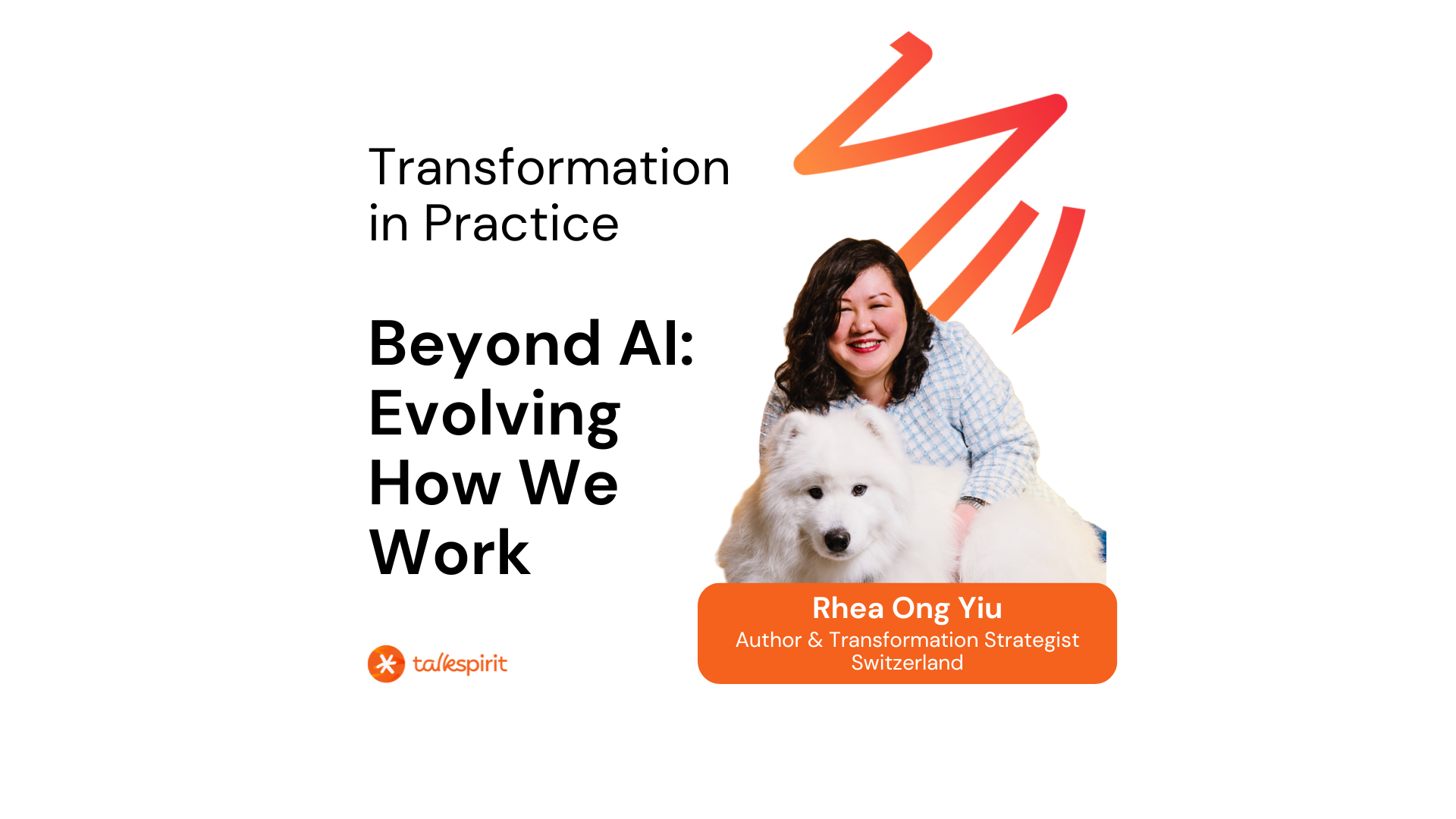
.jpg)


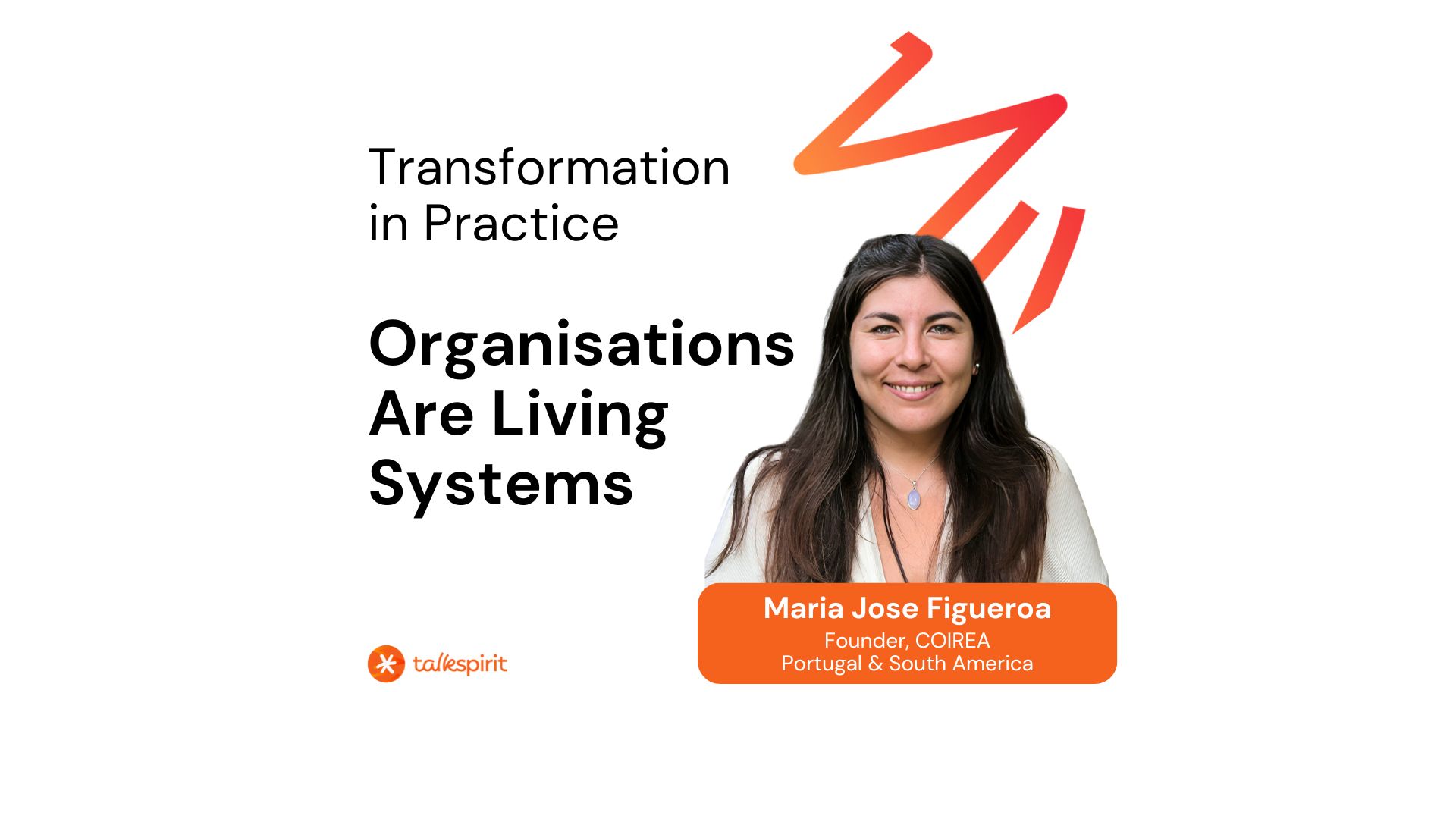



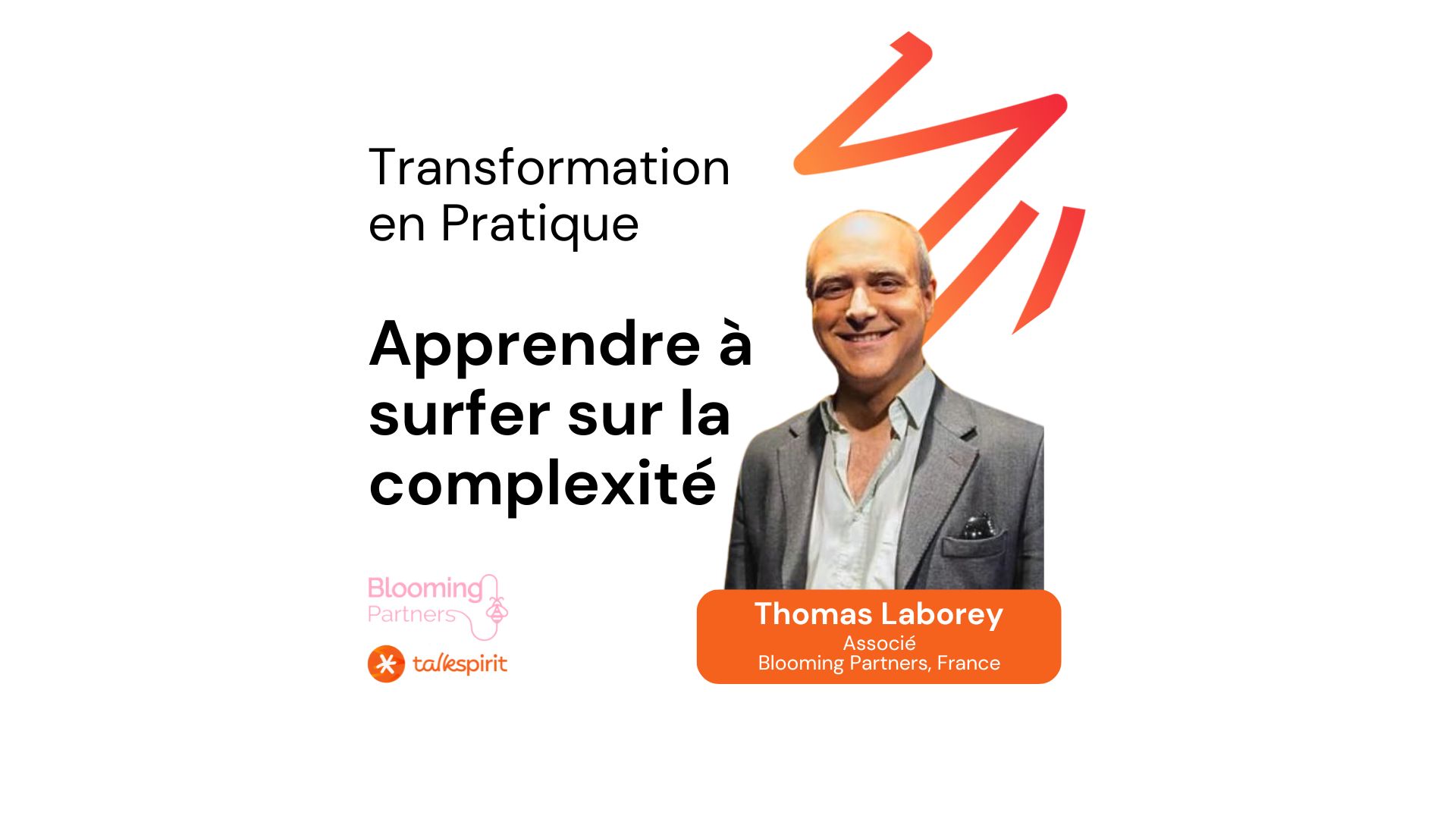

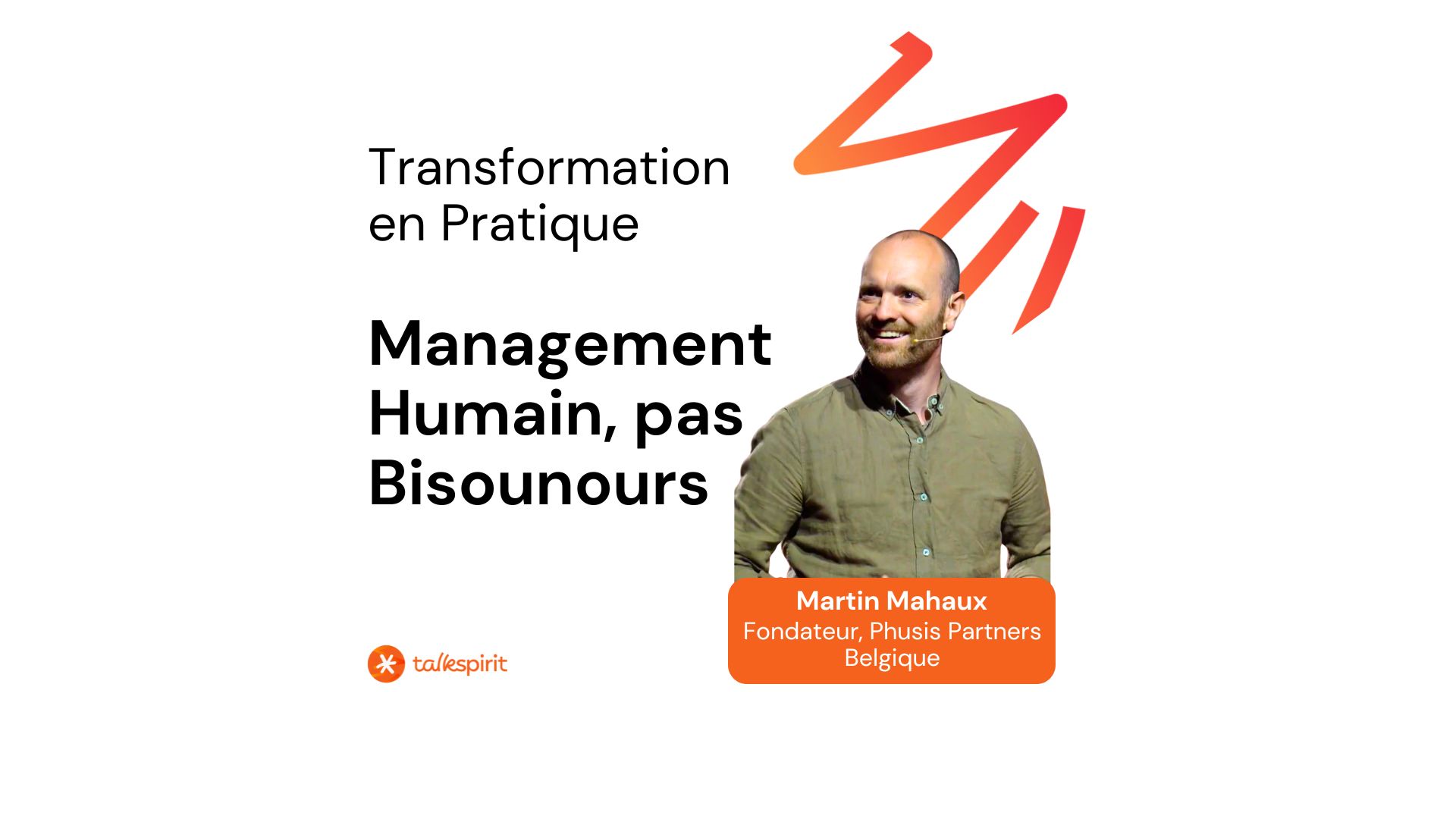
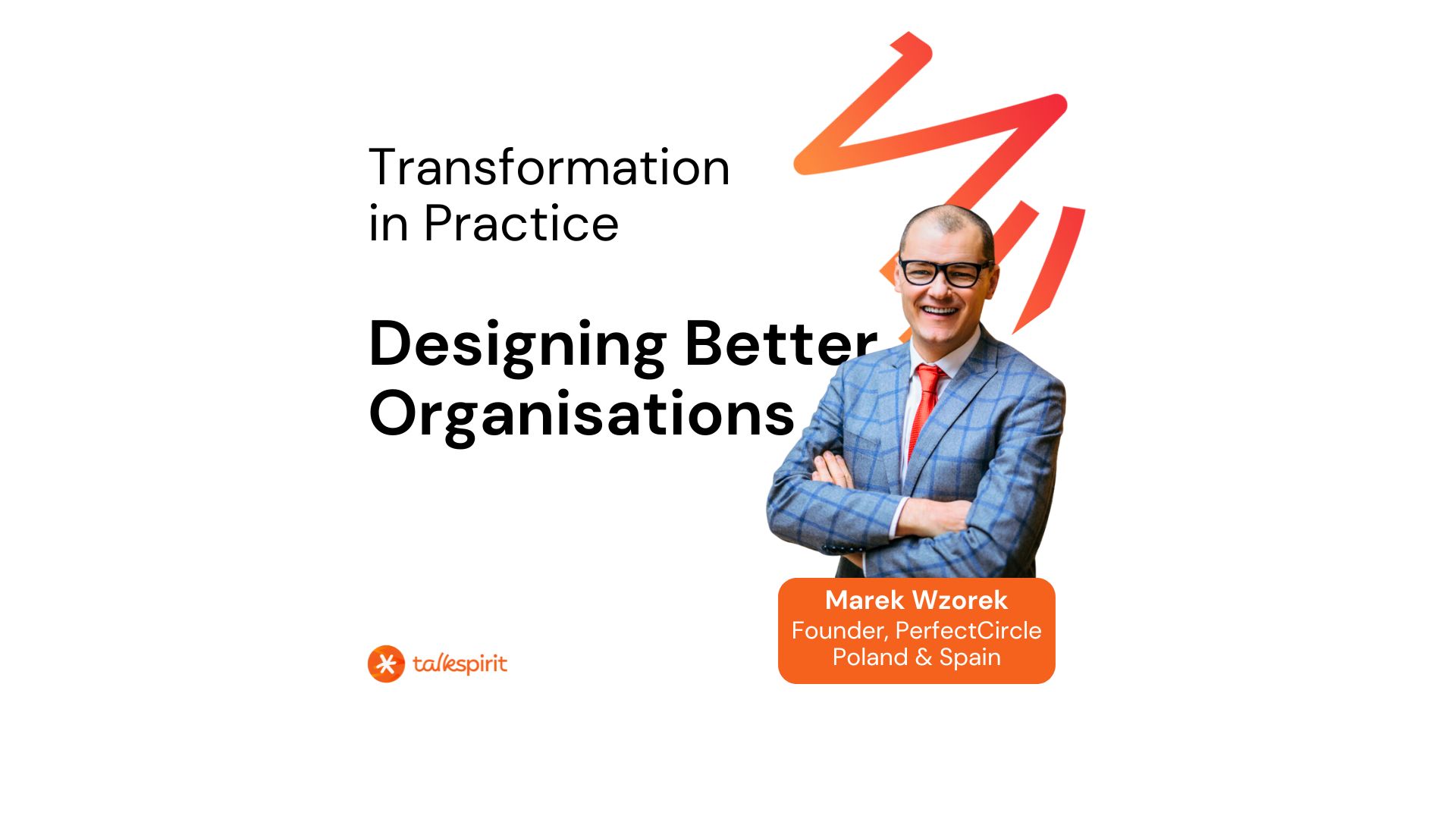

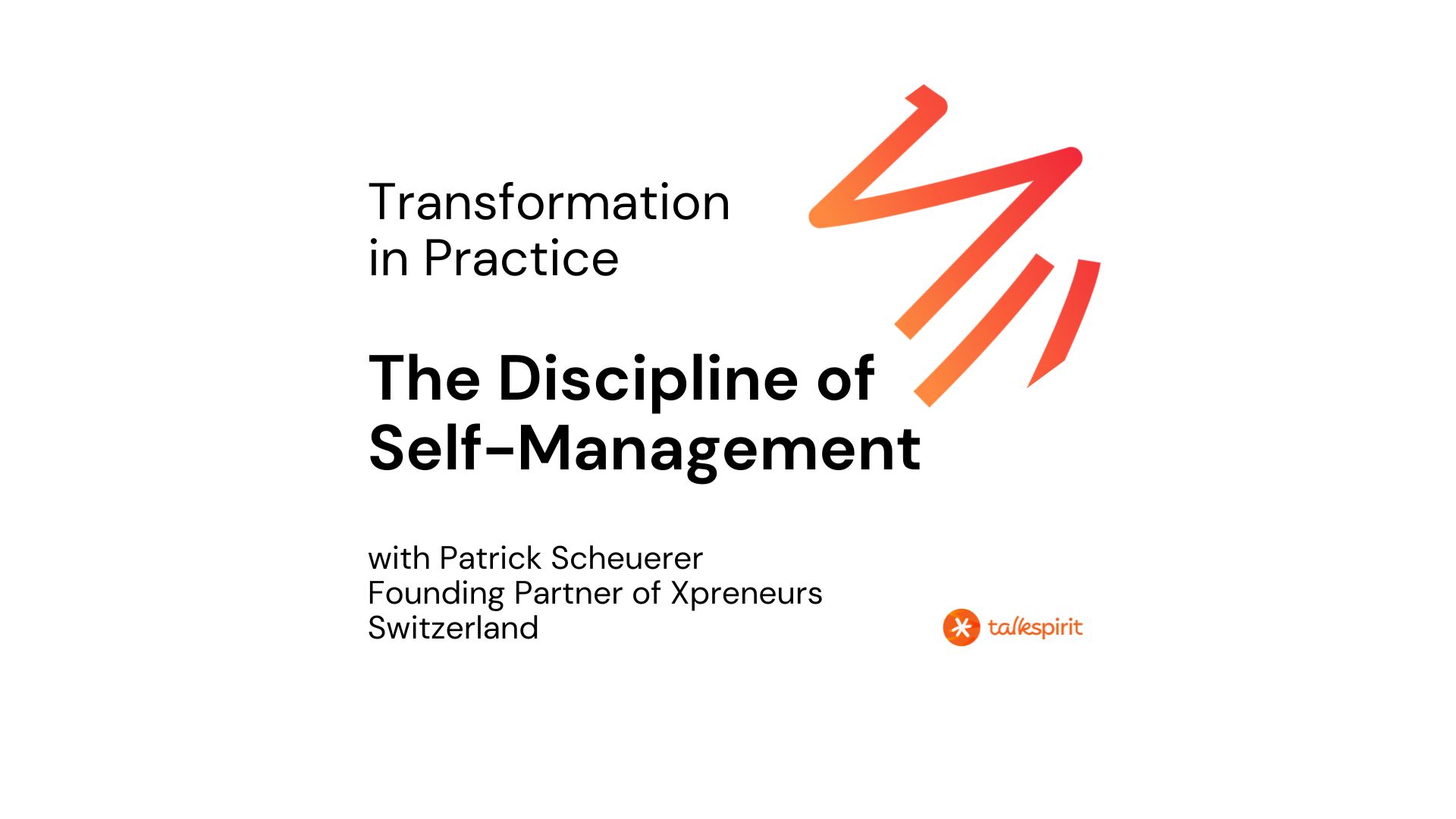

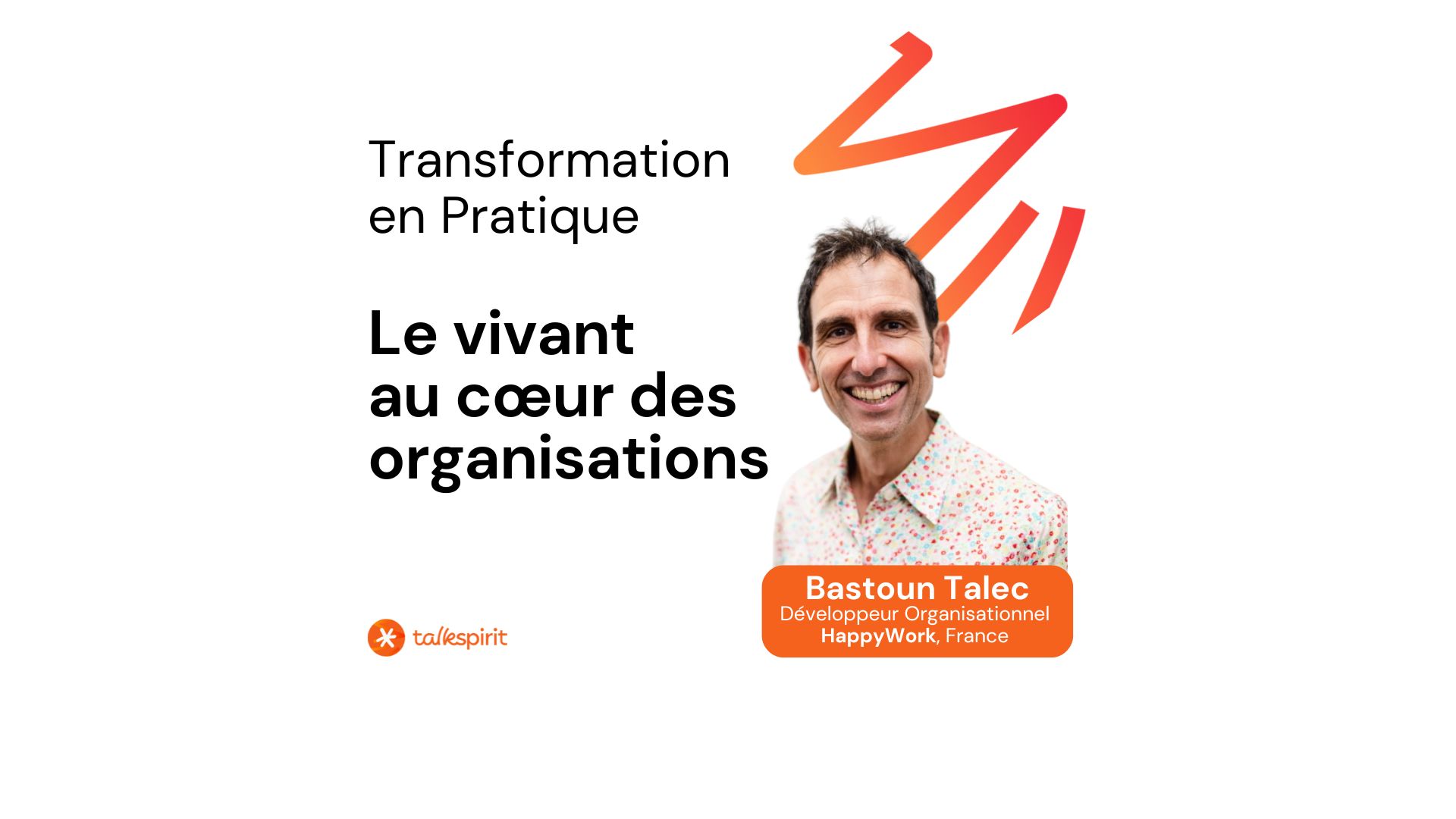

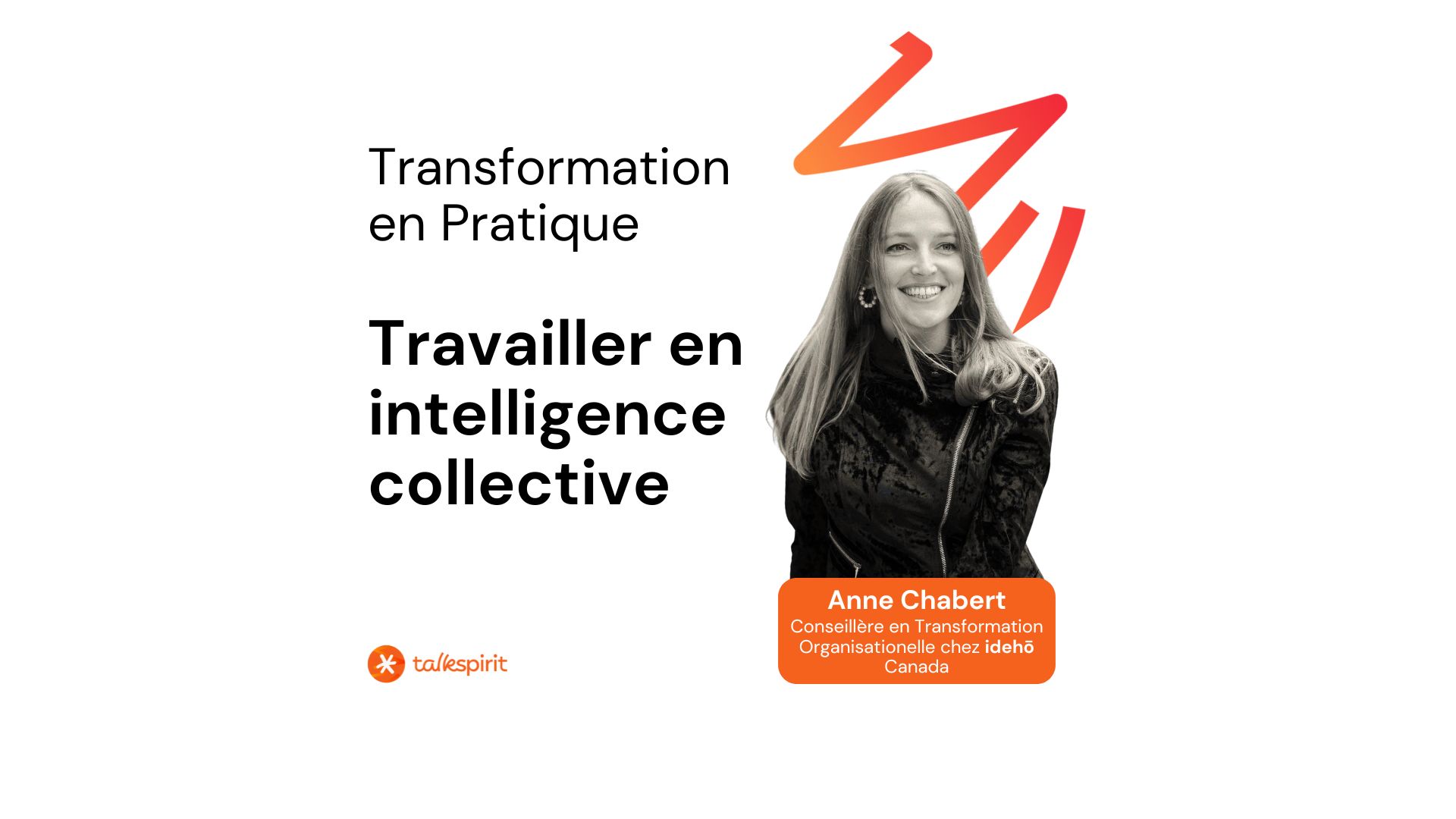

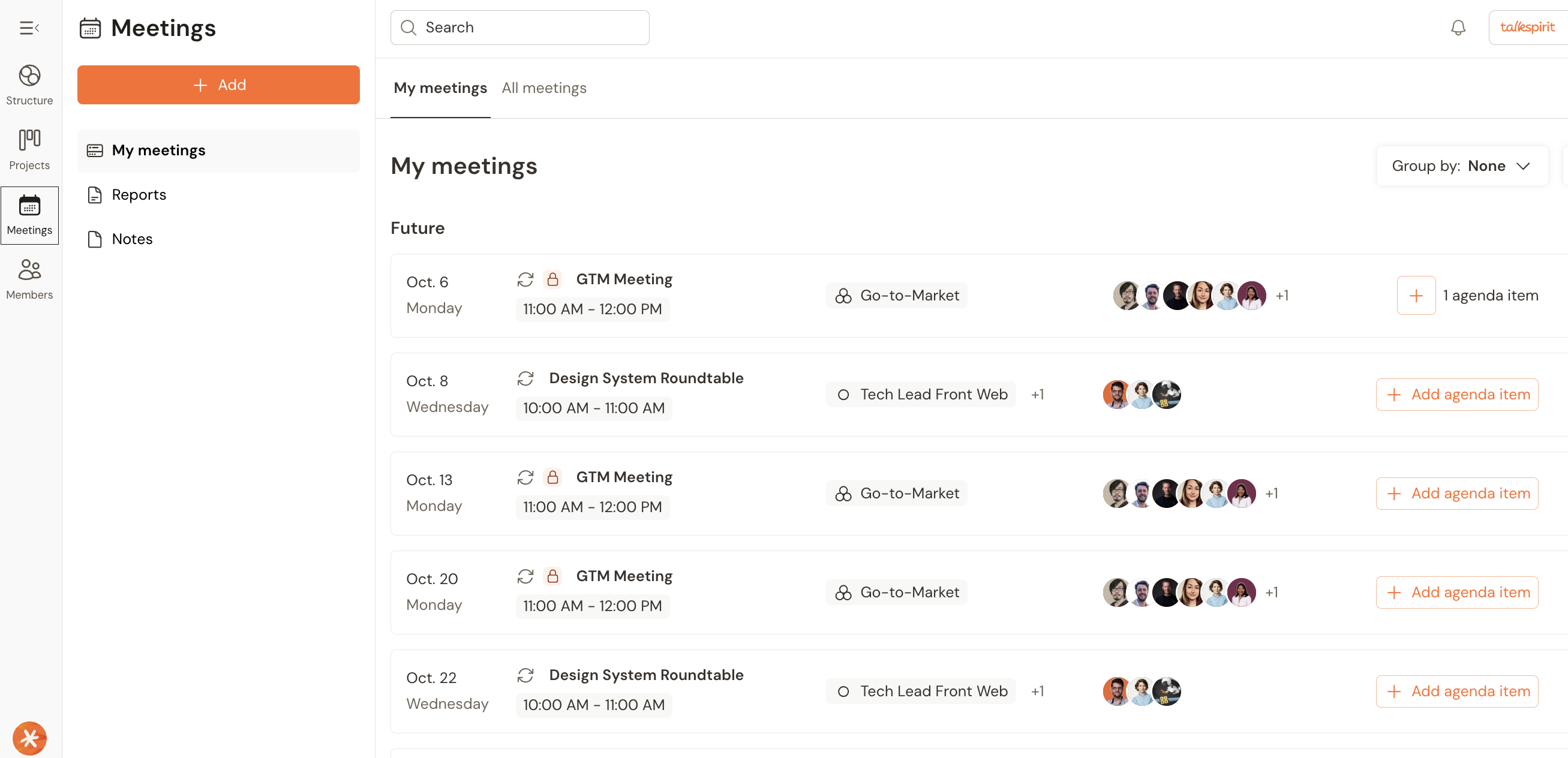



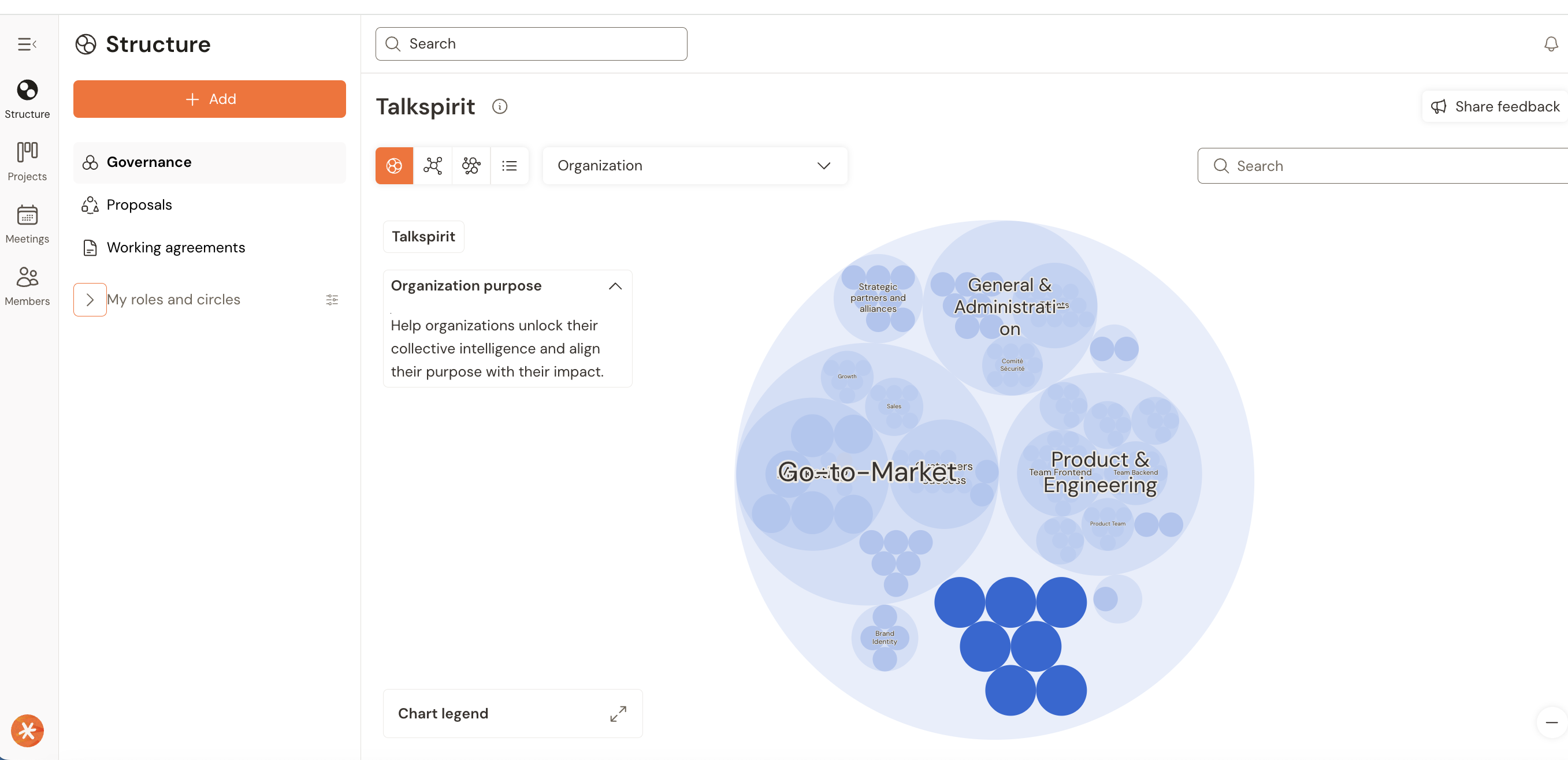
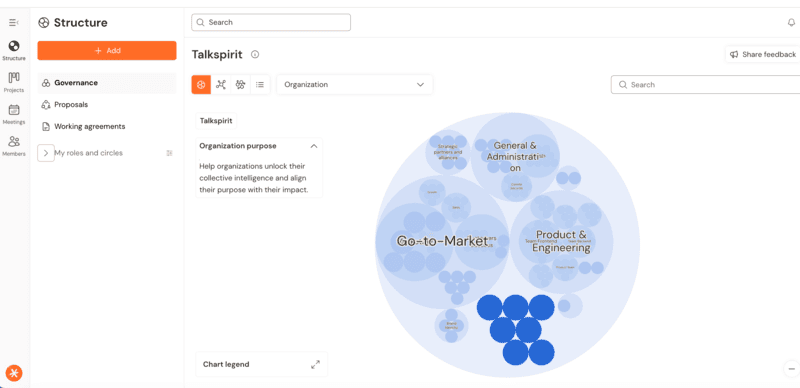

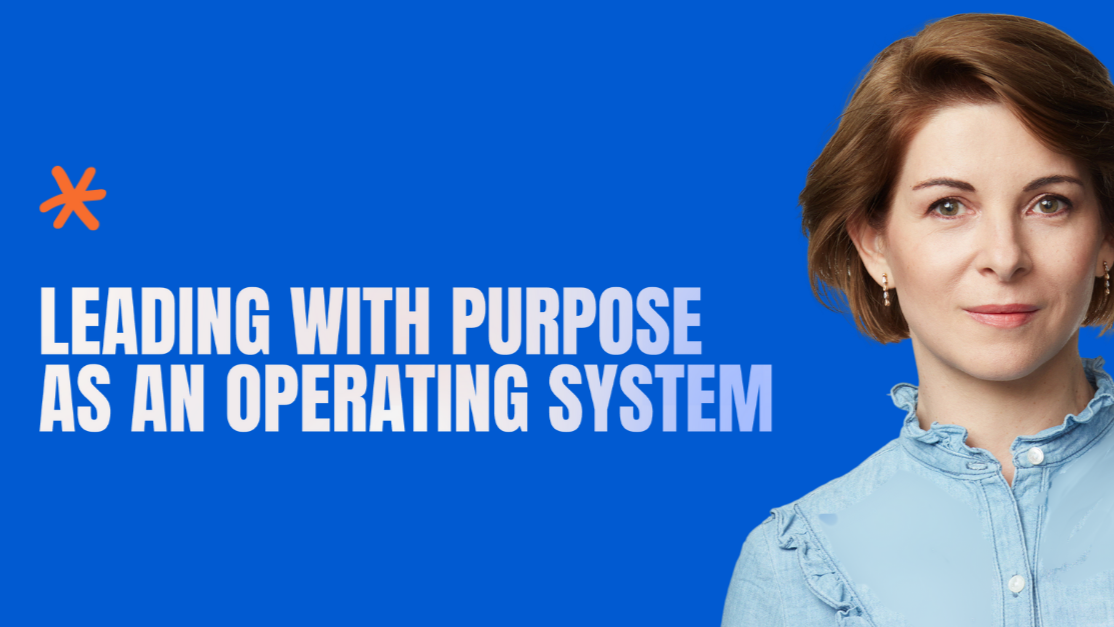







.jpg)





.jpg)
.jpg)







.jpg)
.jpg)


.jpg)

.jpg)


.jpg)











.jpg)




.jpg)



.jpg)

.jpg)



.jpg)








.jpg)




